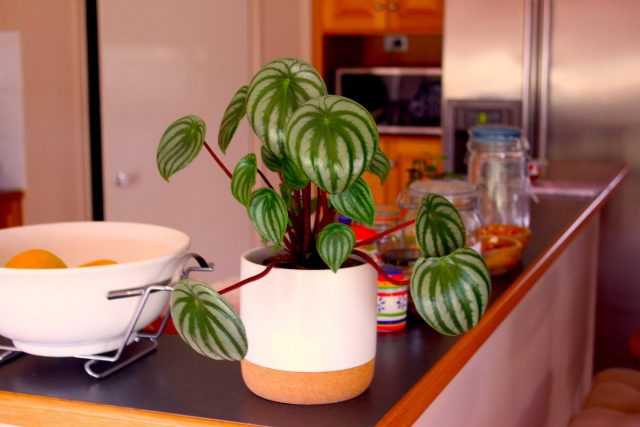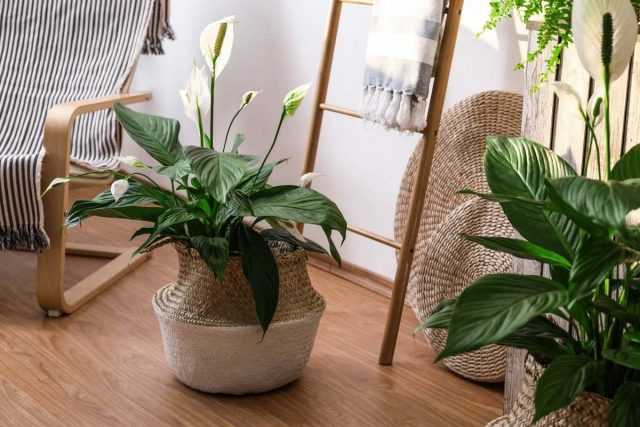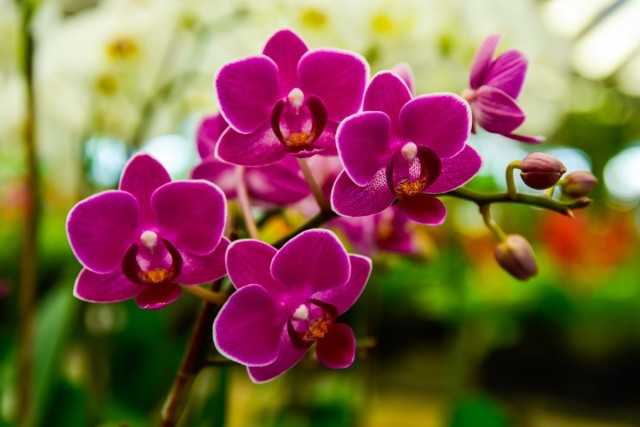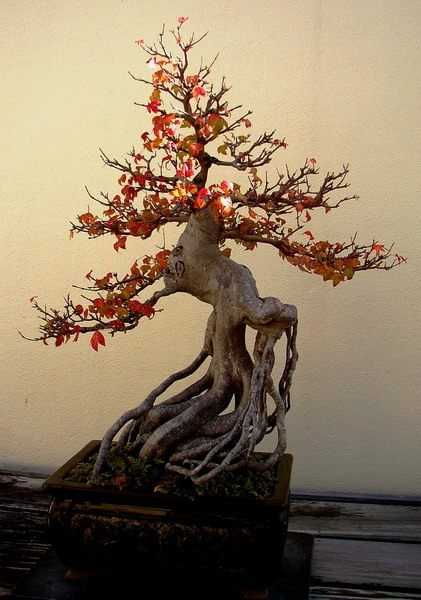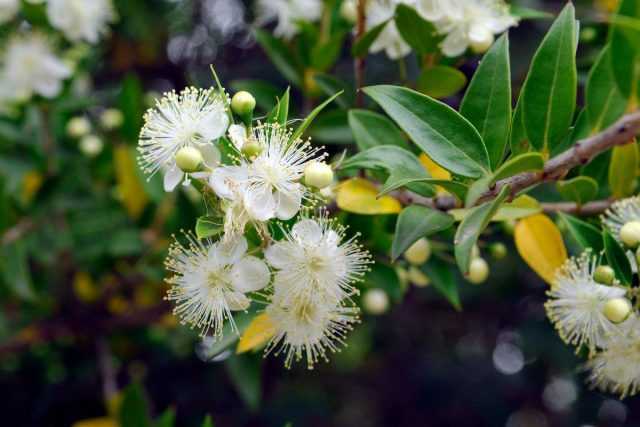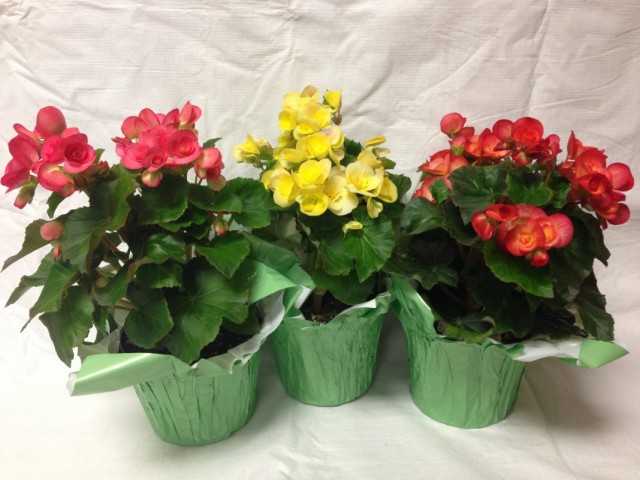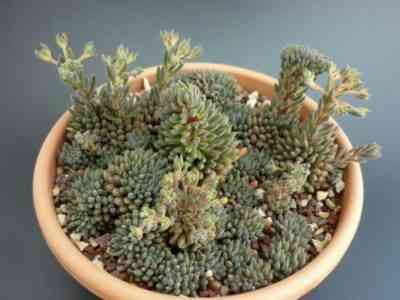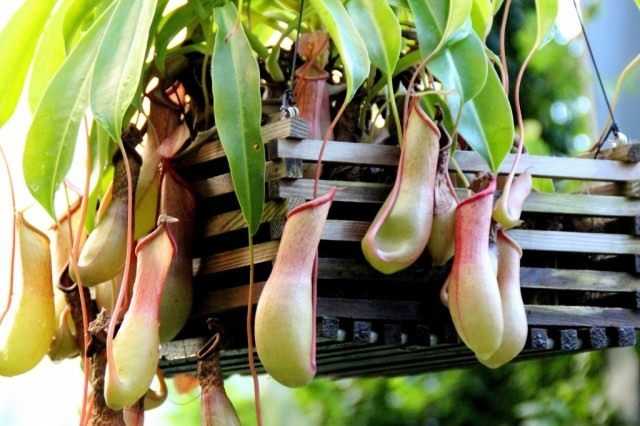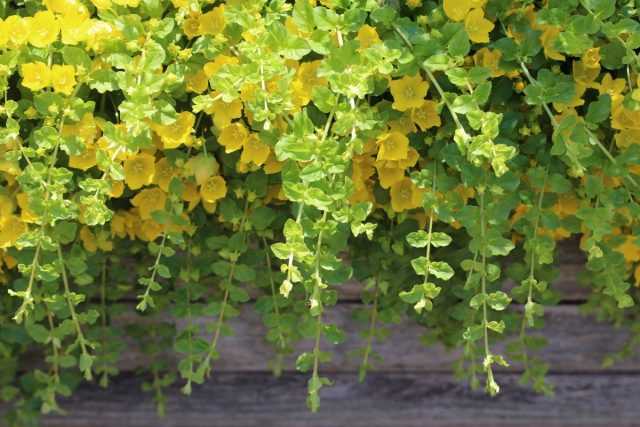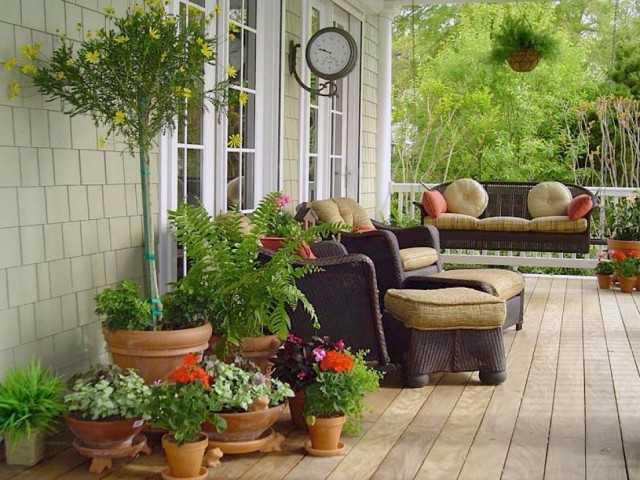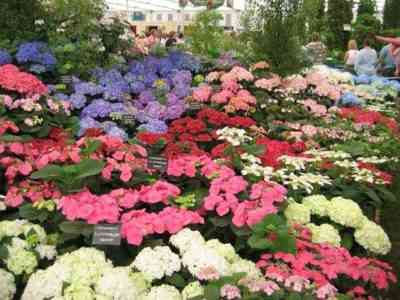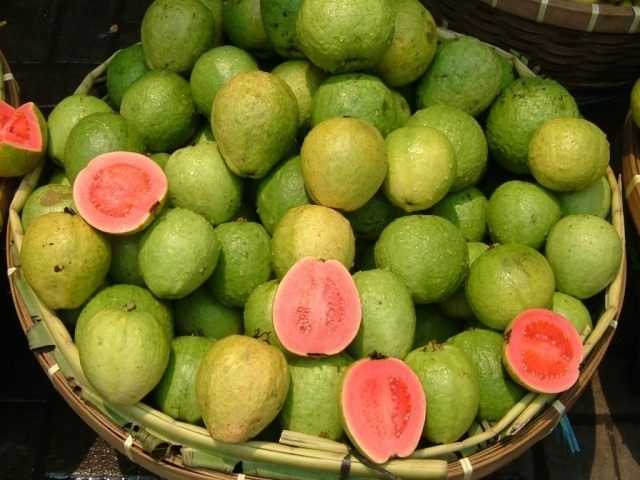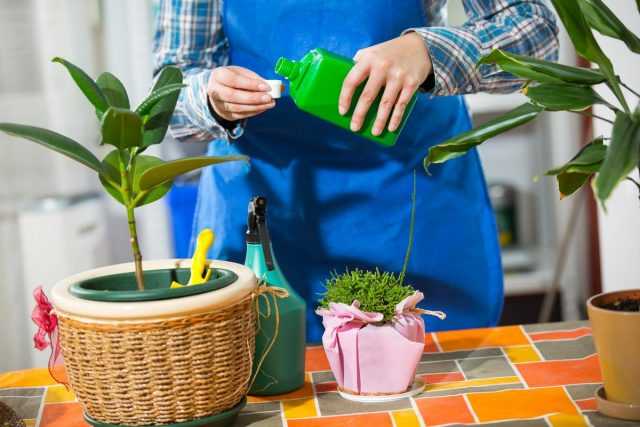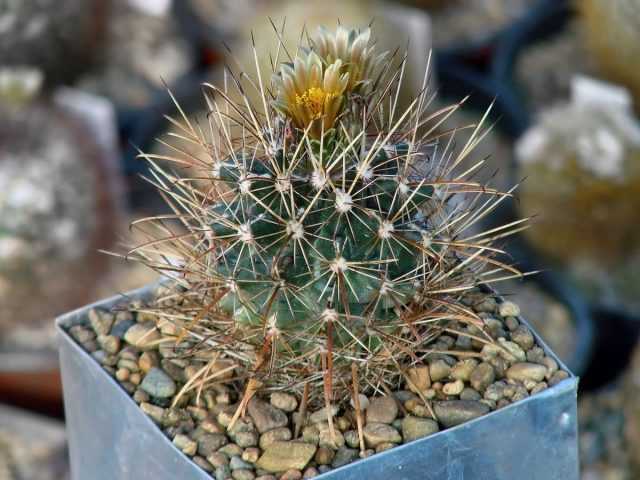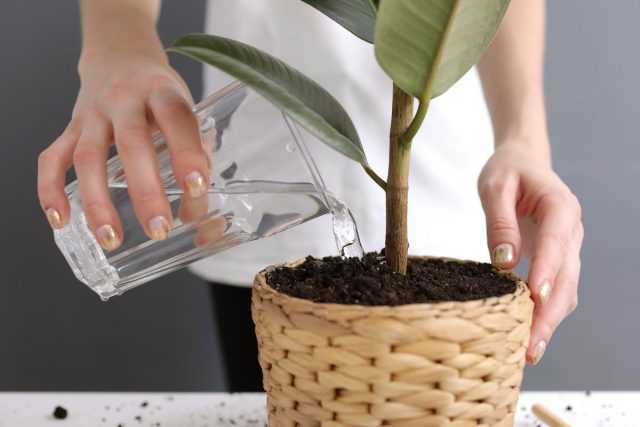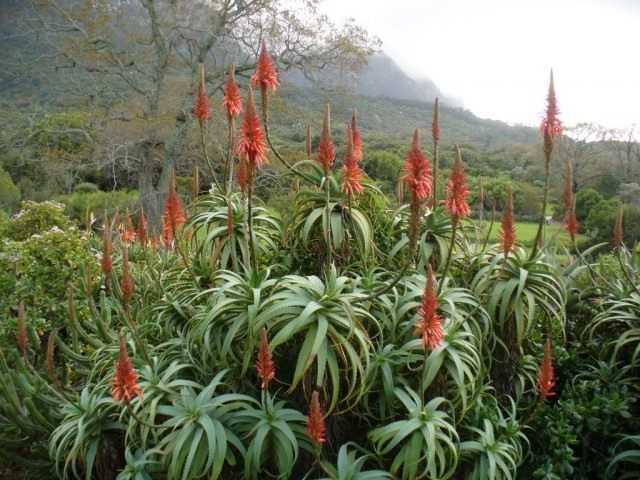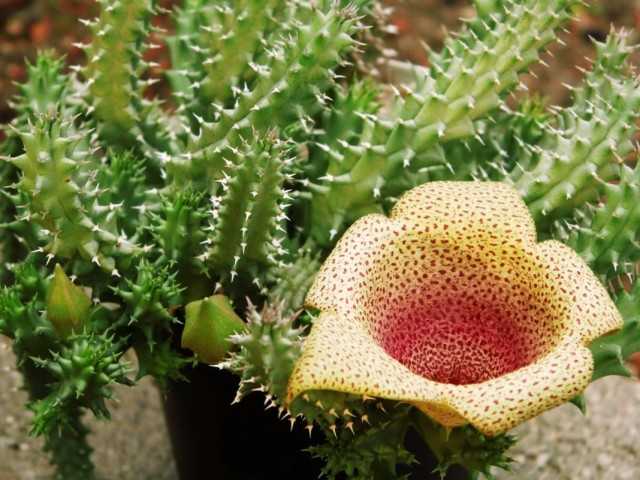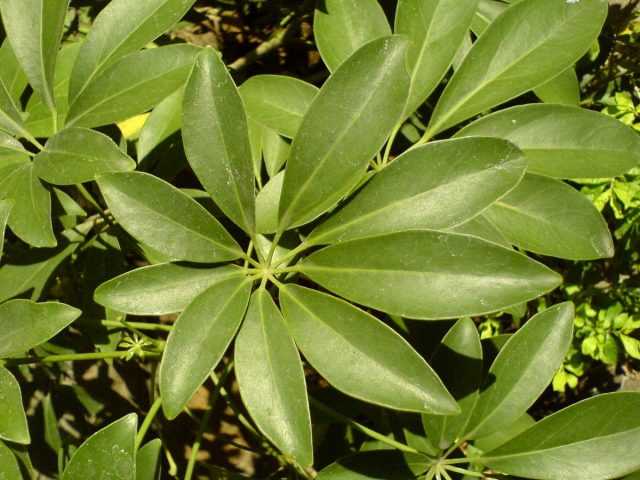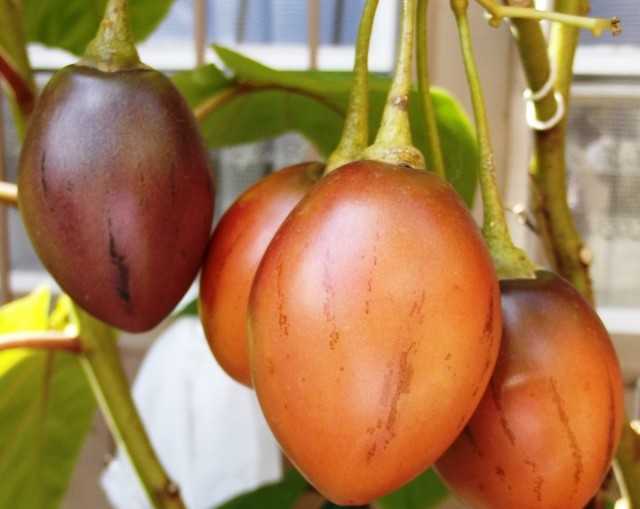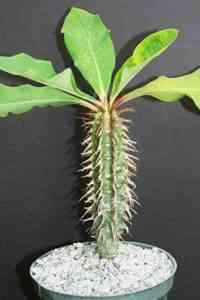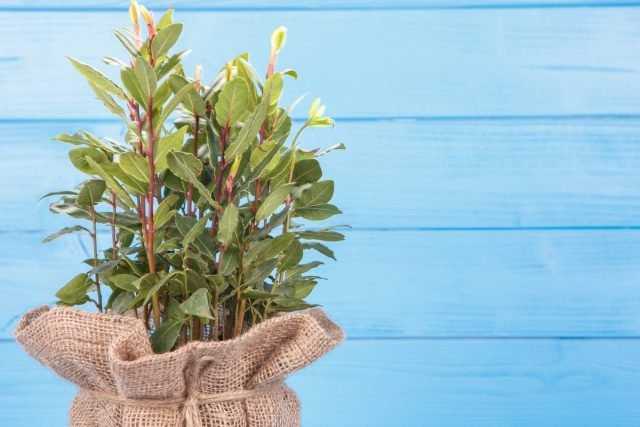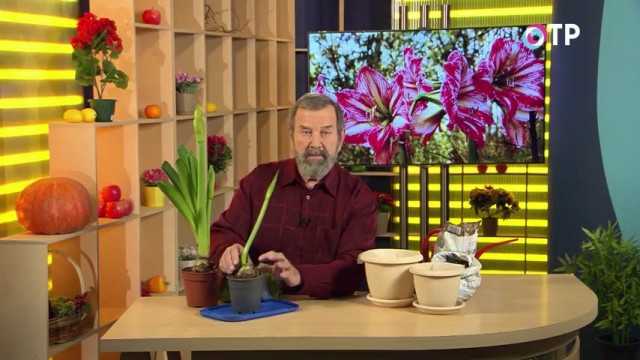Floriculture is troublesome. Examining the plants from time to time, you can notice spots on the leaves, yellowing, discoloration. But they get sick and wither not necessarily because of pests, often the reason for this is the wrong conditions for keeping plants, careless care for them leads to physiological diseases. Symptoms usually appear suddenly. First, one organ is affected, gradually spreading, captures the entire plant. You should not immediately grab a spray bottle with an insecticide, it is better to observe the “suspicious” plant for several days before starting to treat it.
What are the problems with growing plants? Let’s consider the main ones.
Gerbera Farmer Burea-Uinsurance.com Andrey Korzun
Avitaminosis – manifests itself in the yellowing of the leaves, in the pallor of the leaf blades, while the veins remain green – this is chlorosis or iron deficiency. If the veins are surrounded by a yellow halo, this is a manifestation of nitrogen deficiency. There are yellow specks on the leaves, and the flowering and growth of the plant is slowed down – there is little potassium.
The reasons for vitamin deficiency are that the plant lacks minerals, or it does not assimilate them.
Help consists of watering with water with a low lime content and using balanced fertilizers.
Council: to the substrate should be added organic matter based on algae and manure 5-20% depending on the type of plant.
Shedding buds – gardenia and stephanotis are especially susceptible to this, it so happens that undamaged or shriveled buds for some unknown reason fall off the plants that are ready to bloom.
There are several reasons for this: finding the plant in a draft or too cold water for irrigation, a large difference between day and night air temperatures. The plant was transplanted when the buds had already formed, or the purchased plant was transported in uncomfortable conditions for it.
The help is to place the plant ready for flowering in a place with suitable conditions, where the temperature is not lower than 18 ° C and the humidity is 60% or more. Reducing the concentration of fertilizers and frequent watering will also benefit him.
Council: If buds appear on the plant, do not change the position of the pot, even when harvesting or for watering.
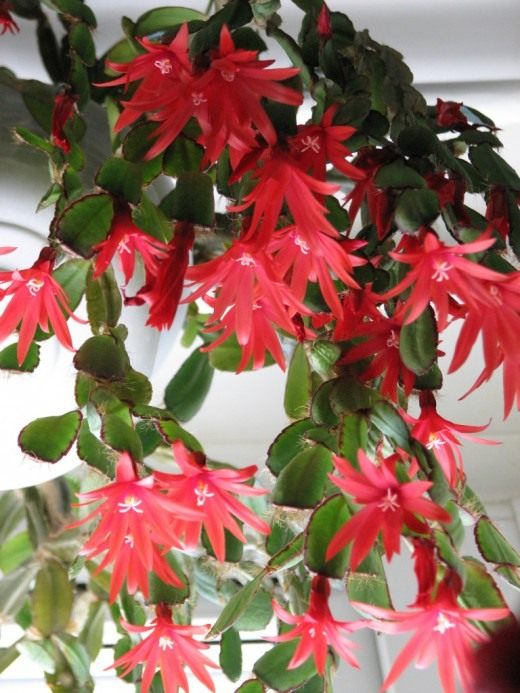
Dropping flowers – lush, not yet withered corollas suddenly begin to fall from the plant in bloom.
The reason for this phenomenon is the dry air in the room and the excessively high temperature. Lack of water and drafts are bad for the condition of the plant.
You can help “sick” pets by maintaining the optimal temperature regime of the air, during the day – not higher than 20 ° С and not lower than 15 ° С – at night, and for cold-loving (bells, cyclamens, azaleas, cinecaria, primroses) even 12-14 ° FROM.
Council: Do not spray flowering plants! Due to water droplets, spots appear on the petals, they wither and fall off.
Leaf burns – first, discolored areas appear along the edges of the leaves or along the veins, then they turn brown, become dry and brittle, the rest of the leaf blade “wrinkles” and becomes wavy.
The causes of this problem are frequent fertilization, its excessive concentration, or the plant being in direct sunlight. Irrigation water that is too chlorinated or polluted can also cause burns.
You can help the plants, if you do not leave them in the sun during the hottest hours, give them a rest from fertilizers for at least 2 months. Then use only fertilizers with a low nitrogen content, reducing the dose (1 cap for 6-8 liters of water) and applying them every 2 waterings. Moreover, “candles” or granular fertilizers are best used for newly transplanted plants.
Council: Never spray plants standing under the scorching sun, as drops remaining on the leaves will burn them like lenses.

Darkening of leaves – brown areas first appear at the tips of the leaves, gradually capturing the edges of the leaf blades, they dry and fade. A drooping plant may start to rot.
The reasons are cold or dry air. This symptom can be the result of a burn. If the plant is flooded, or the substrate is packed so much that the roots “do not breathe”.
Help the plant by spraying the leaves and place the pot on damp gravel or expanded clay. Better yet, if the limp leaves darken, do not water the plant for 10 days or longer, then change the substrate by transplanting the plant and cutting off the wilted root areas.
Council: the plant should be transplanted at least once every 2 years, since the earthy clod clogs under the weight of the water during irrigation and “strangles” the roots.
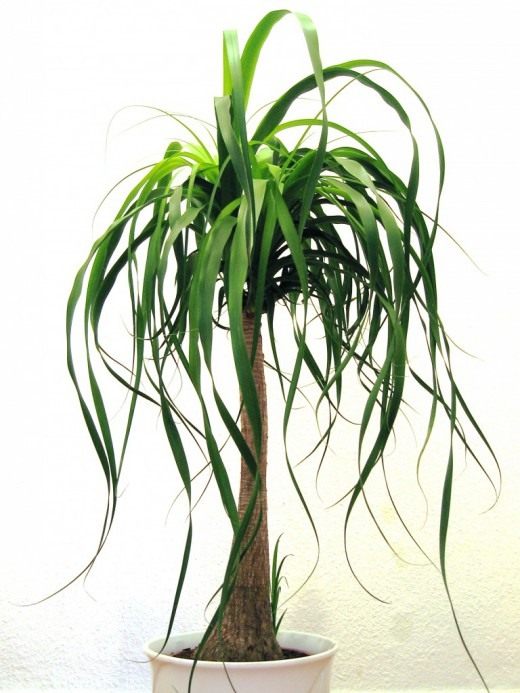
Leaf discoloration – the color of several leaves changes, or they turn pale in some places.
The reasons for this are as follows: very low air temperature or its sharp drops, cold drafts, unsuitable soil – “empty” substrate.
The help to the plant in this case is as follows: separate it from others and observe its “behavior” for 10 days, without fertilizing, watering or exposing the “diseased” plant to direct sunlight.
Council: it is necessary to check the conditions of the plant, if they do not meet its needs, then discoloration of the leaves is only one of the first symptoms of a plant disease.
